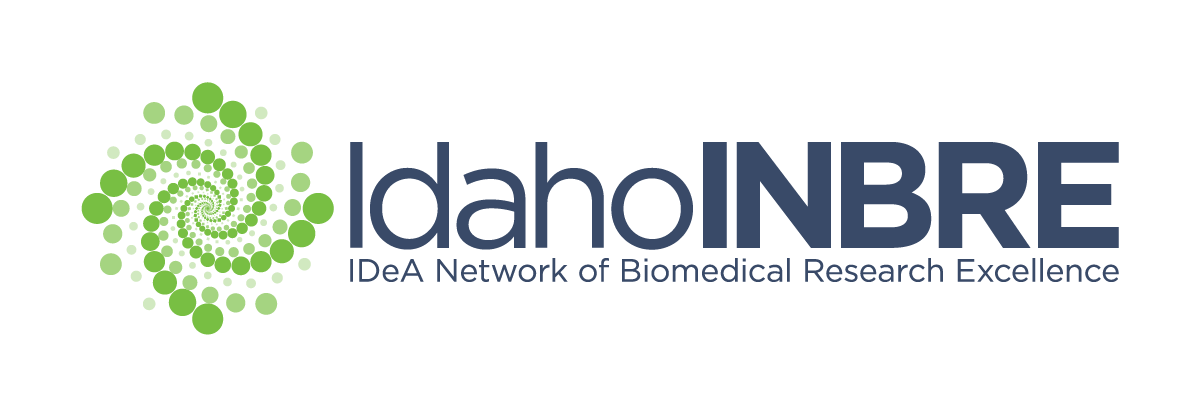
- Name: Ching-An Peng, Ph.D.
- Institution: University of Idaho
- Department: Chemical and Biological Engineering
- Phone: 208-885-7641
- Email: capeng@uidaho.edu
- Website: https://www.uidaho.edu/engr/departments/chbe/our-people/faculty/ching-an-peng
Summary: Dr. Peng’s research interests include bio-based products, biomaterials, cell/tissue engineering, drug/gene delivery, molecular imaging, and bionanotechnology. His lab aims to integrate biological techniques such as stem cell culture, molecular biology, and synthetic biology with engineering approaches such as nanotechnology, biomaterials, and transport processes to investigate and develop treatments for diseases and disorders. Over the course of his academic career, Dr. Peng has been involved with research in drug/gene delivery using viral & nonviral vectors as well as ultrasonic device, developing phagocytosis-resistant perfluorocarbon-based oxygen carriers using PEGylated fluorosurfactant and CD47 ligand, photothermolysis of cancer cells using nanomaterials and detection of antiviral agents using nanobiosensors.
Minimum Classes: N/A
Projects: Intravascular injection due to its precise and almost immediate onset of action is widely employed for drug delivery. However, intravenous injection must overcome the barriers set by the mononuclear phagocyte system (MPS) if prolonged blood circulation is desired. To this end, biomimetic strategies are being exploited in my group to camouflage drug carriers in order to bypass immune surveillance, thereby prolonging the circulation time in bloodstream and leading to effective delivery of therapeutic agents. CD47 protein, known as a self-marker on red blood cells (RBCs), has been expressed with a fusion tag and purified in my lab from a constructed plasmid. The biomimetic fusion protein CD47-SA will be further attached to biotinylated drug delivery carriers and prevented them from phagocytic ingestion using an in vitro model. Techniques used in this project include PCR, plasmid construction, protein expression and purification, cell culture, biomaterials, conjugation chemistry, flow cytometry, and phagocytosis assay.
Another biomimetic approach studied in my group is using mesenchymal stem cells (MSCs) to deliver cancer-killing substances. MSCs are ignored by immunosurveillance and exhibit migratory properties which make them attractive candidates for targeted delivery of therapeutic agents. We will transfect MSCs with thymidine phosphorylase (TP) gene by a nonviral vector and then treat cancer cells with TP-containing MSCs followed by treatment with prodrug doxifluridine. Since thymidine phosphorylase expressed in MSCs is used for the activation of prodrug doxifluridine to toxic 5-fluorouracil (5-FU), it is expected that significant cell death will occur in cancer cells treated with MSCs/TP compared to non-transfected MSCs. Techniques used in this project include stem cell culture, prodrug therapy, nonviral transfection, flow cytometry, and plasmid amplication and purification.



